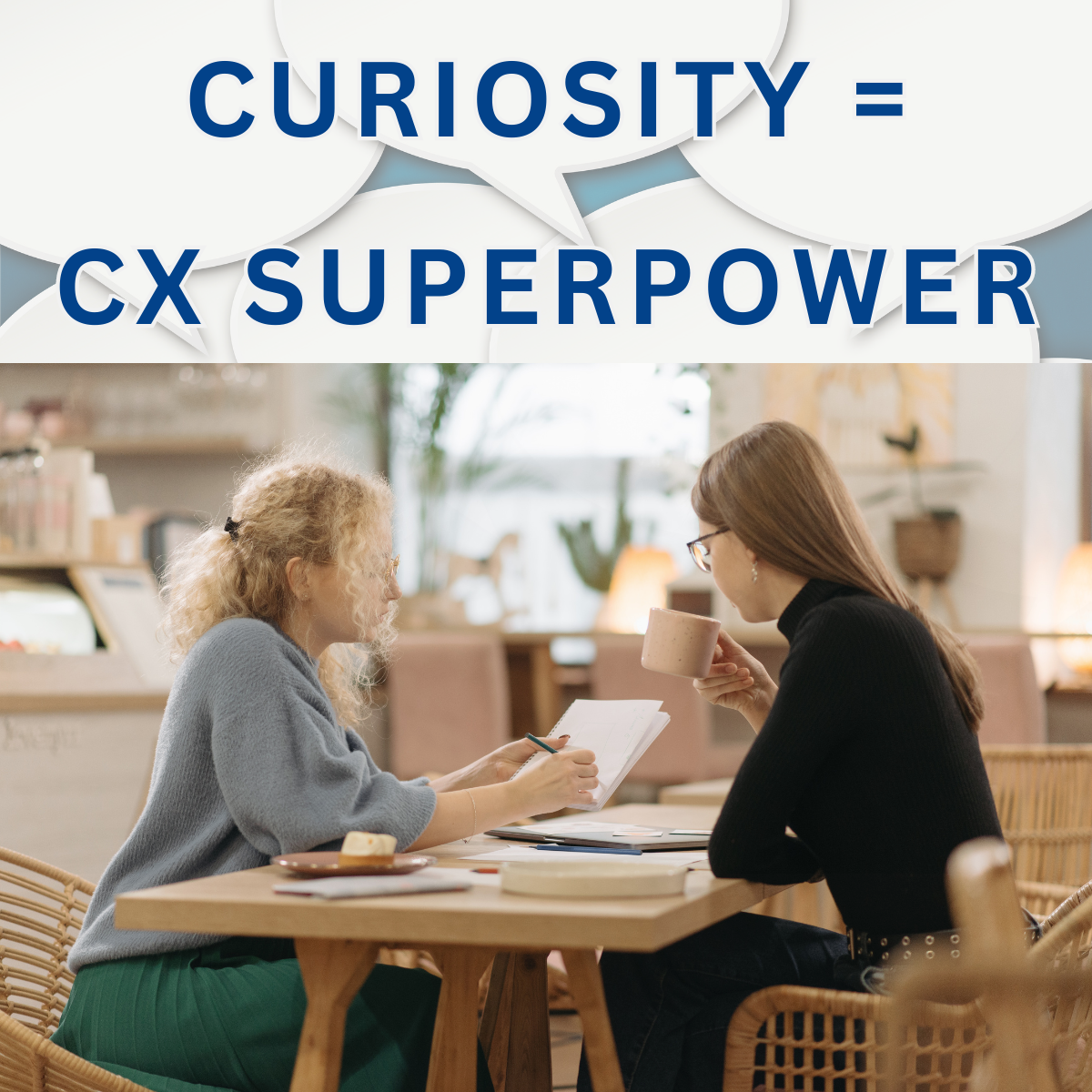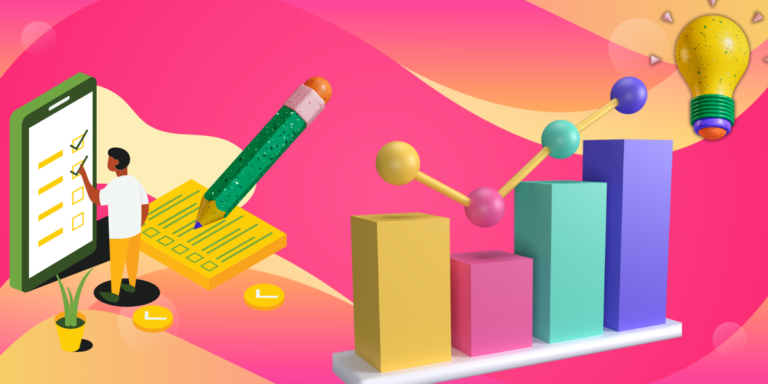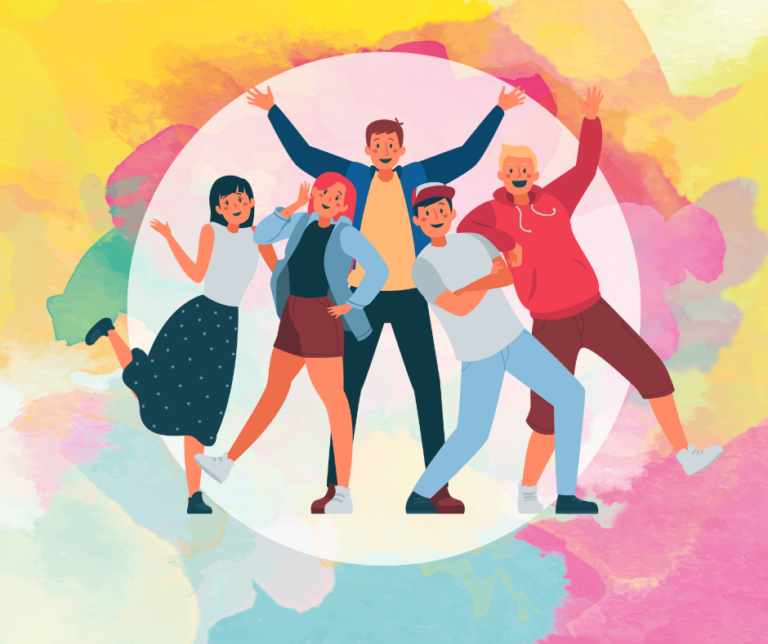In a recent podcast with John (stay tuned for release date), we explored the profound impact of curiosity on Customer Experience. Our conversation was inspired by Brian Grazer’s enlightening book, The Curious Mind: The Secret to a Bigger Life. This exploration led us to uncover the transformative power of curiosity for CX professionals—how it serves as a catalyst for unlocking opportunities and fostering genuine empathy.
Curiosity’s Role in Customer Experience:
Brian Grazer contends that everyone is born curious, but this inherent trait can atrophy if not actively exercised as time progresses. As seasoned Customer Experience professionals, we recognize the importance of understanding our customers, whether internal stakeholders or end-users. Through empathy gained by putting ourselves in their shoes, we can deliver superior products and impactful messaging and unearth profound insights into the dynamics of their interactions with our brand. The best way to step into our customers’ shoes is to be truly curious about who they are.
best way to step into our customers’ shoes is to be truly curious about who they are.
Practical Application in the CX Landscape:
Picture this: a CX professional armed with curiosity—a potent desire to learn, equipped with the ability to ask the right questions, and a willingness to probe deeper, veering off script when unexpected insights emerge. This individual becomes a catalyst for uncovering customer needs, identifying pain points, and revealing insights that transcend surface-level interactions. Engaging in what Brian Grazer terms “curiosity conversations,” we initiate meaningful dialogues that dismantle barriers. These interactions serve as gateways to understanding customers’ desires, dreams, and goals and build a foundation of trust essential for sustaining customer relationships.
Curiosity in Practice:
Reflecting on my journey in customer experience, instances abound where curiosity emerged as the driving force behind breakthrough moments. One vivid example stands out: It was when I assumed leadership of a longstanding program that had plateaued. My curiosity led me to question the program using the 6Ws—the who, what, where, when, why, and how, allowed me to harness my curiosity, allowing me to more fully understand the components that comprised the program (from customer to vendors to employees, to trends, policies, and
procedures). What I unearthed provided me with further questions and
hypotheses about our customers and program. Interviews with customers and
vendors provided more context as well as market research.
curiosity emerged as the driving force behind breakthrough moments
Harnessing curiosity led to better persona development and journey mapping. Conducting a gap analysis between the current state journey and the desired journey and experience allowed me to understand how to move the program more fully. When I applied this newfound understanding, new life was breathed into the program, resulting in increased engagement and program growth of one hundred fifty percent.
Transitioning from Movies to Customer Insights:
What does Brian Grazer’s journey in the entertainment industry have to do with improving customer experience? The parallel is more evident than one might think. In his early days, Grazer, while delivering legal documents, seized the opportunity to engage in “curiosity conversations” with influential figures in the movie business. His curiosity and conversations expanded beyond his industry as he advanced in the movie business. He’s met with foreign leaders, Nobel Laureates, diplomats, royals, dictators, scientists, a habit he has continued throughout his career. The lessons he’s learned – the way someone moves or thinks – unearthing their dreams or desires, or understanding the way the world shaped them, have been instrumental in developing various characters in the movies he’s produced.
Curiosity tools:
Take a look at your data – is there an anomaly? Is there a trend? Does
something stand out? Is something assumed always to be true? Dig into it. I
like to ask, “who, what, when, where, why, how much?” This is also a great place to use a Fishbone diagram or the Five Whys. What do other industries do when x happens?
Curiosity isn’t just a soft skill; it’s a strategic tool for unlocking opportunities and building genuine empathy.
Curiosity isn’t just a soft skill; it’s a strategic tool for unlocking opportunities and building genuine empathy. Imagine a savvy CX professional with a thirst for knowledge, adept at asking the right questions and delving into the unexpected. The real-world example underscores how curiosity can rejuvenate stagnant programs and cultivate customer trust. Drawing parallels between Grazer’s curiosity-led conversations in the entertainment industry and the realm of Customer Experience highlights the universal relevance of curiosity in understanding human motivations.
curiosity isn’t just a buzzword; it’s a key driver for enhancing customer experiences and navigating the dynamic landscape of customer relations.
To wrap things up, I’ve provided practical tools for cultivating curiosity in the CX landscape, encouraging professionals to explore data anomalies, leverage tools like Fishbone diagrams, and challenge assumptions with questions like ‘what if …’ curiosity isn’t just a buzzword; it’s a key driver for enhancing customer experiences and navigating the dynamic landscape of customer relations.




